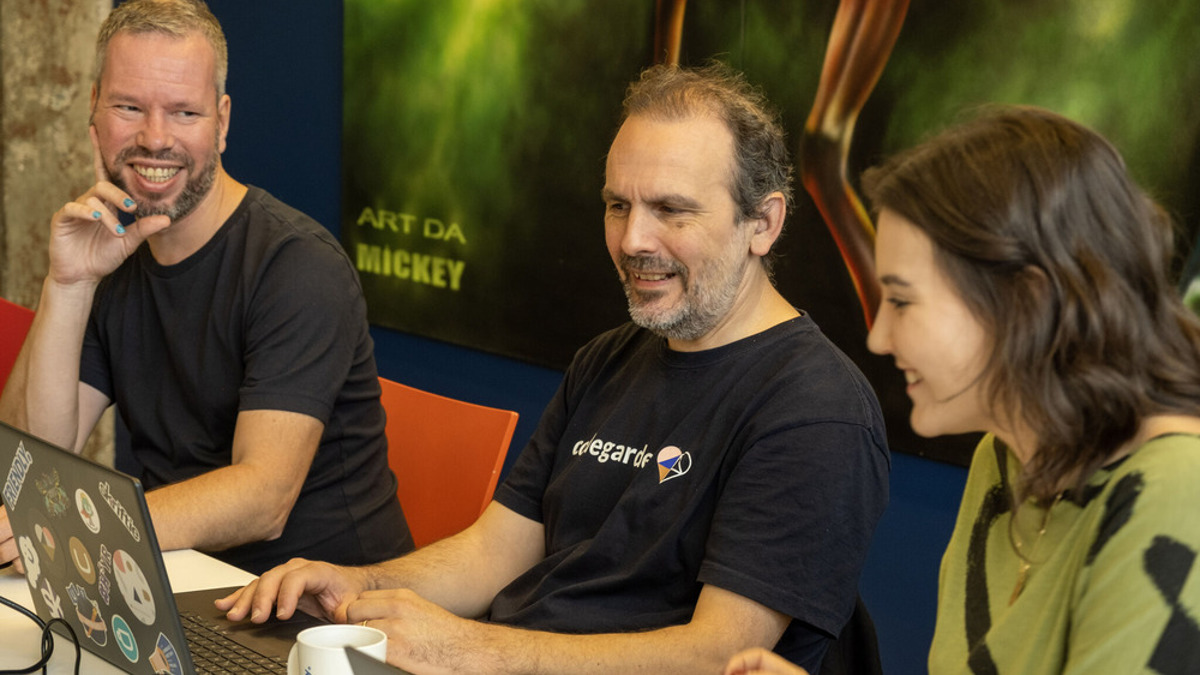Community is Key.
Joining the Core Collaborators team has given me invaluable insights into the broader landscape of Umbraco. Not only am I gaining a comprehensive understanding of previously unfamiliar aspects of the codebase, I have had the opportunity to work with like-minded people from all over the world. Working alongside the HQ team has been great, and now I feel I have a good knowledge of what a good, or bad PR can look like. If you’re wondering what a bad PR could be, check out the Unwanted Changes documentation here.
A key aspect of the role is trying to decipher between "this PR works as expected" and "this PR not only works as expected but also brings substantial value to the Umbraco solution.” I am still not always 100% on this distinction but with the support of my fellow core collaborators team, and the HQ team I can always make sure my judgement is correct and ultimately collaborate on the answer.
It didn’t hurt of course, that I got to go to Denmark for the community team trip! This was a great experience, to meet up with my team in real life for the first time, and also meet the other Umbraco community teams. It was great to learn about what the other teams get up to, and I also met most of them for the first time. Something I took from this trip was the opportunity to discuss complexities or issues other fellow developers or users have experienced, hearing other people have the same or similar code-related opinions gave me a nice feeling of “oh, maybe it isn’t just me” and this feeling is really starting to reinforce that I should trust my instincts and opinions when it comes to code.
It was also amazing that I was able to chat with many people whom I realised as we were speaking I had met them previously via their PRs when they had contributed to the Umbraco CMS! I definitely said “I think merged your PR!” more than once on that trip.



